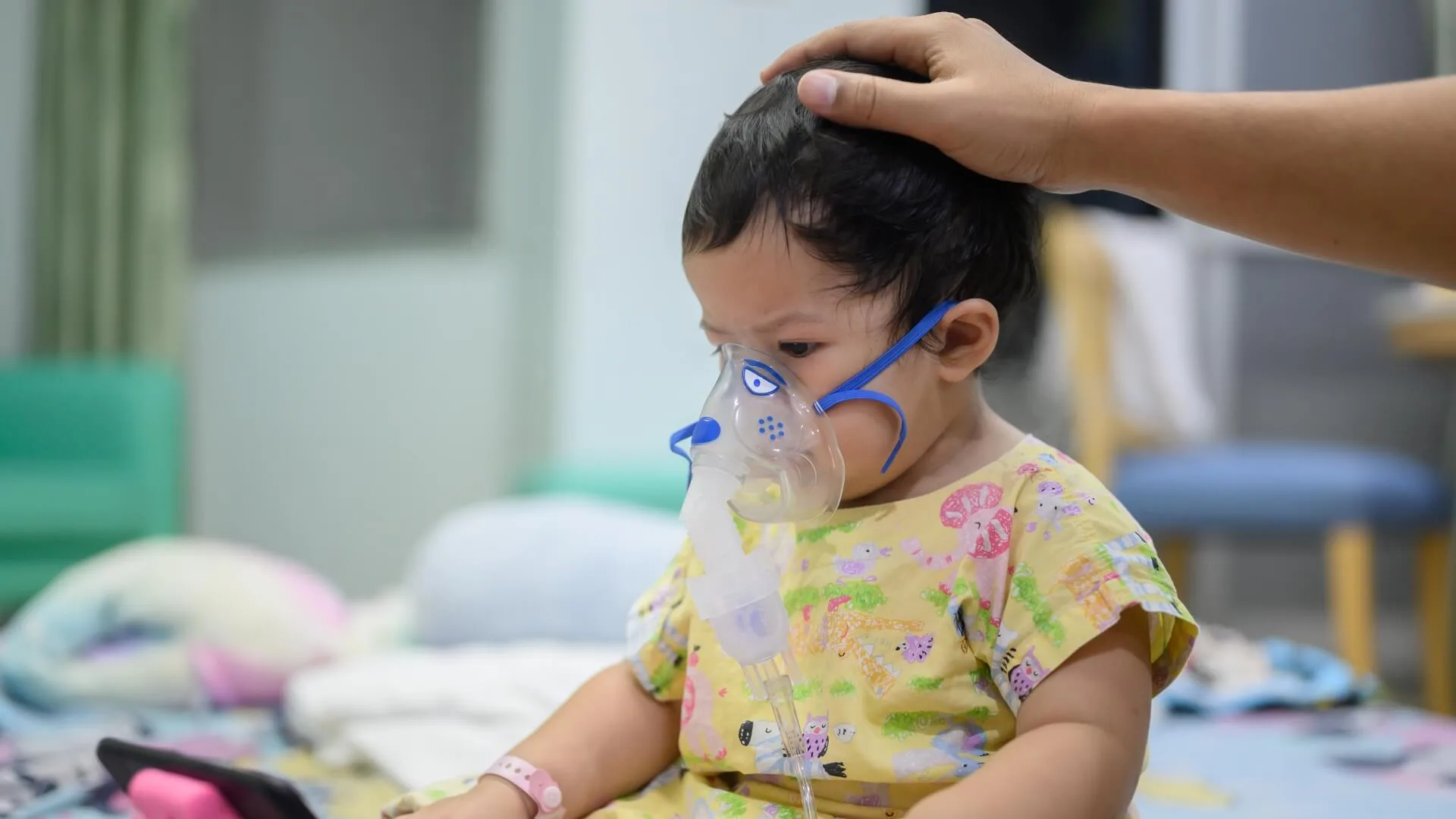Alyaa Ahdy Abdelaziz, Fady Mohammed ElGendy, Alaa Atef Hegazy, Mai Hussein & Ramy Mohamed Ghazy
Abstract
Objectives
This study assessed the value of measuring both arterial lactate levels and central venous oxygen saturation (ScvO2) in predicting cardiac surgery outcomes in pediatric patients.
Methods
A prospective cohort study was conducted on 73 patients who underwent surgery for congenital heart disease. Vasoactive-inotropic score (VIS), serial mean arterial blood pressures (MAP), lactate levels, and ScvO2 were measured immediately and 3, 6, 12, 18, and 24 h after admission to the pediatric intensive care unit (PICU). To test the prognostic values of these markers, we calculated the areas under the receiver operating characteristic curves (AUCs). Binary logistic regression was used to identify the determinants of postsurgical complications.
Results
The most common complications after cardiac surgery were the prolonged need for mechanical ventilation (38.36%), chest infection (30.14%), prolonged stay in the PICU (24.66%), and sepsis (9.59%). ScvO2 6 h after admission was most predictive of complications (AUC = 85.5%), followed by ScvO2/lactate (AUC = 83.0%), lactate level 12 h after admission (AUC = 75.0%), MAP (AUC = 73.6%), and VIS (AUC = 63.4). In multivariate analysis, body weight and ScvO2 6 h after PICU admission were the main predictors of complications (OR = 0.01, 95% CI 0.001–0.689, p = 0.033), and (OR = 0.87, 95% CI 0.798–0.948, p = 0.002) respectively.
Conclusions
To predict complications after pediatric cardiac surgery, lactate measurement does not add value to ScvO2 measurement 6 h after admission.




